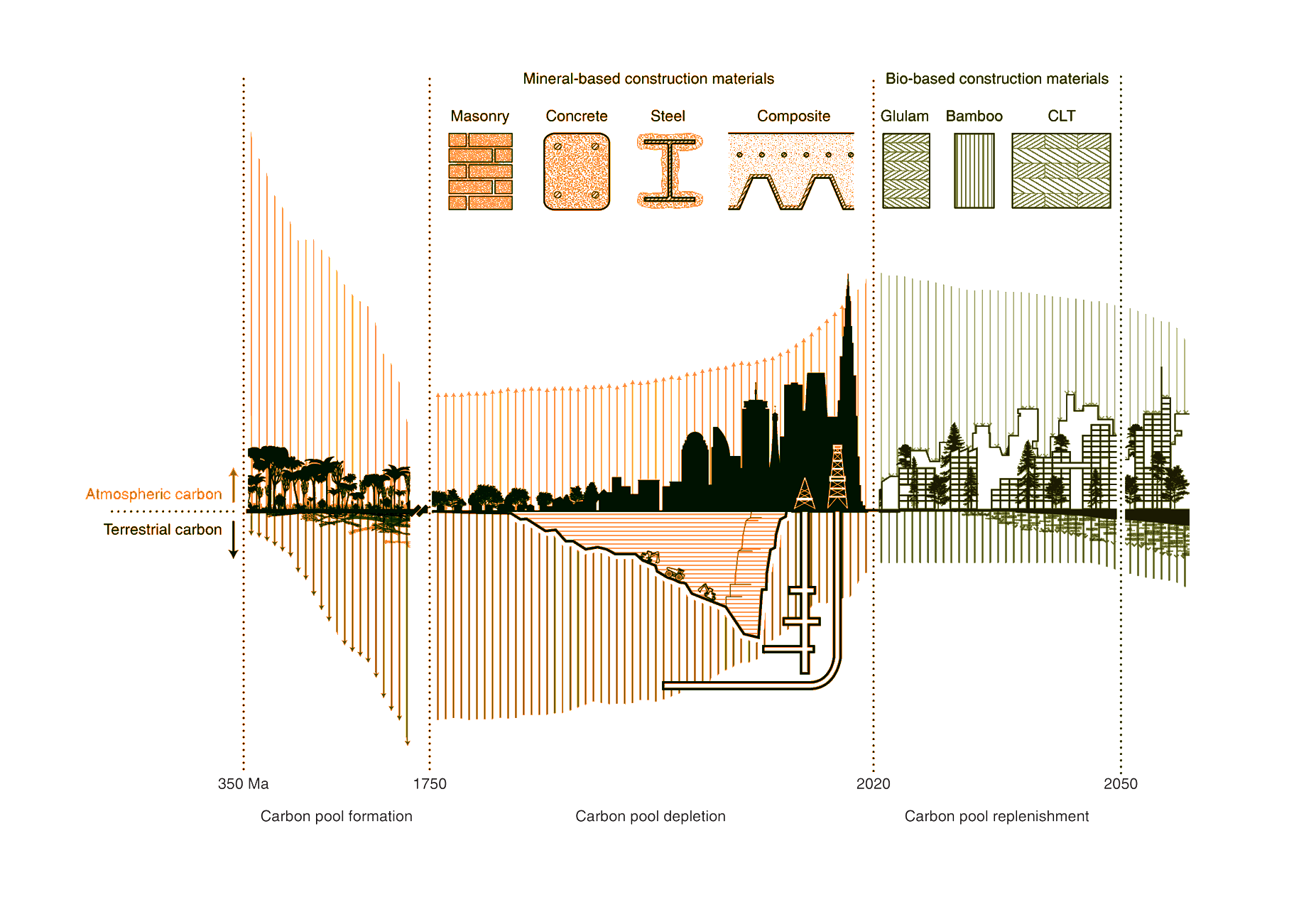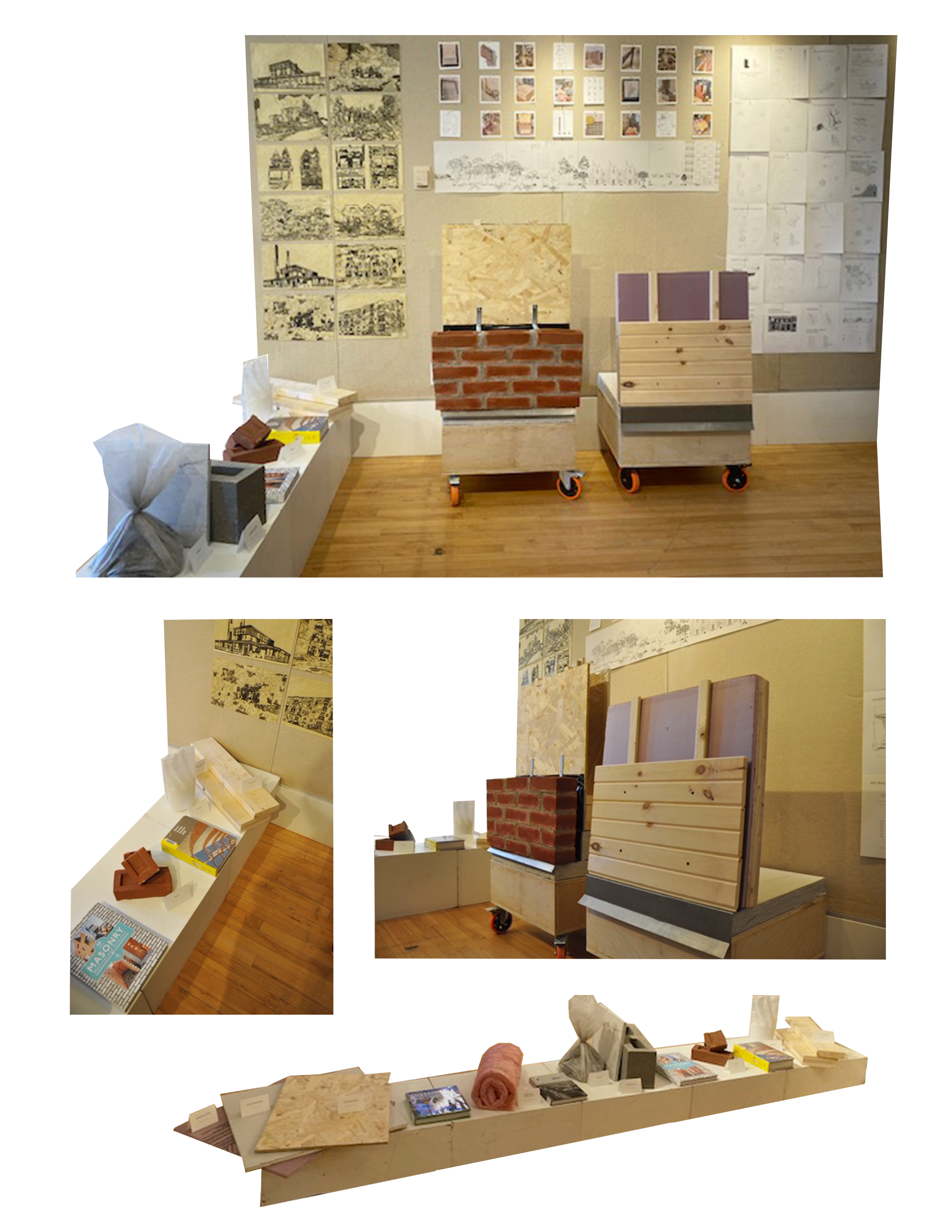The rapid growth of cities and the global urban population in the 21st century has created massive demand for housing and new construction. Greenhouse gas emissions associated with building materials continue to form a large share of global emissions. Toronto’s building stock generates 61% of the total greenhouse gas emissions. This staggering figure reinstates the dire findings of the 2022 UN Global Status Report for Buildings and Construction, that buildings and the construction sector is not on track to achieve decarbonization by 2050. However, 70% of infrastructure that will exist in net zero 2050 already exists.

There is a huge potential to convert cities into effective carbon sinks if building materials, technologies and strategies are elevated to turn buildings at all scales into net-negative carbon emitters. This study analyses the carbon footprint of common building materials such as brick, mass timber and concrete in Toronto’s low-rise residential buildings to understand ways to reduce embodied carbon emissions in the construction sector. The analysis highlights low carbon materials for low-rise residential construction and circular material use and disassembly strategies for lower embodied and life cycle material emissions. Findings are presented in the form of a guidebook.

Early studies on the energy use and GHG emissions of buildings identified the building use phase as the dominant contributor to life cycle energy use (90–95%) and life cycle GHG emissions (78–91%), identifying the GHG emission contributions of materials manufacturing, construction, and end-of-life stages as marginal. However, due to energy transition away from coal, operational emissions have drastically decreased. This has resulted in growing importance of building embodied GHG emissions within the building life cycle (representing as high as 90% of life cycle building GHG emissions).
Several studies have explored material efficiency strategies and material intensity emissions for residential housing in Toronto. However, there has been a lack of a qualitative understanding of the local material supply chain and a holistic, cohesive and digestible connection between the different studies. Hence, this study aims to bridge the gap and provide a simplified analysis of the carbon footprint and biogenic carbon possibilities of Toronto’s common building materials and low-rise residential housing stock.











